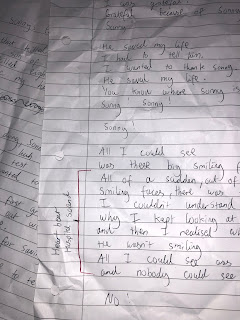Unit 5
Unit 5 was looking at the York Realist by Peter Gill. In which we read through the play thoroughly and staged some of the scenes ourselves in order to have a good understanding of the play and how it should be directed.
Directing The York Realist
If I was to Direct the York Realist then I would firstly pay attention to the actors.
The cast need to have good chemistry in order to engage well with the audience as well as each other.
What makes The York realist so great is the small character interactions and the "sexual" tension between the two main protagonist. Furthermore a large portion of the story telling is about their relationship which suggest that if the actors chemistry isn't there then the story isn't there.
Second thing would pay interest to is the set in which is a character of its own. The set is very important because it sets the scene for the actors to put on their costumes and really put on their characters shoes ,stepping into the world of the story and fully immersing themselves to better their performance on stage. This draws the attention of the audience too be fully engaged with the story about to be told. A good set would immediately draw audiences attention and curiosity into the story by giving them an image of where it takes place.
Lastly I would look at lighting and sound which is important for the performance to give the second most important (The set) emotion. As I said previously the set is a character of its own so lighting and sound adds to the immerse both audiences and actors into the world of the story being told. Although lighting and sound is important its not vital, therefore if I were to direct The York Realist then I would pay less attention to this department . I feel that The York Realist is more story and character driven due to what I said as my most important thing (The actors) and how the chemistry draws the attention .
Taking this into account I would therefore have a minimalist approach to lighting and sound by only seeing it useful when there is either a need to bridge gaps like intervals or change the colour in order to show the time of day and how it passes.


Comments
Post a Comment